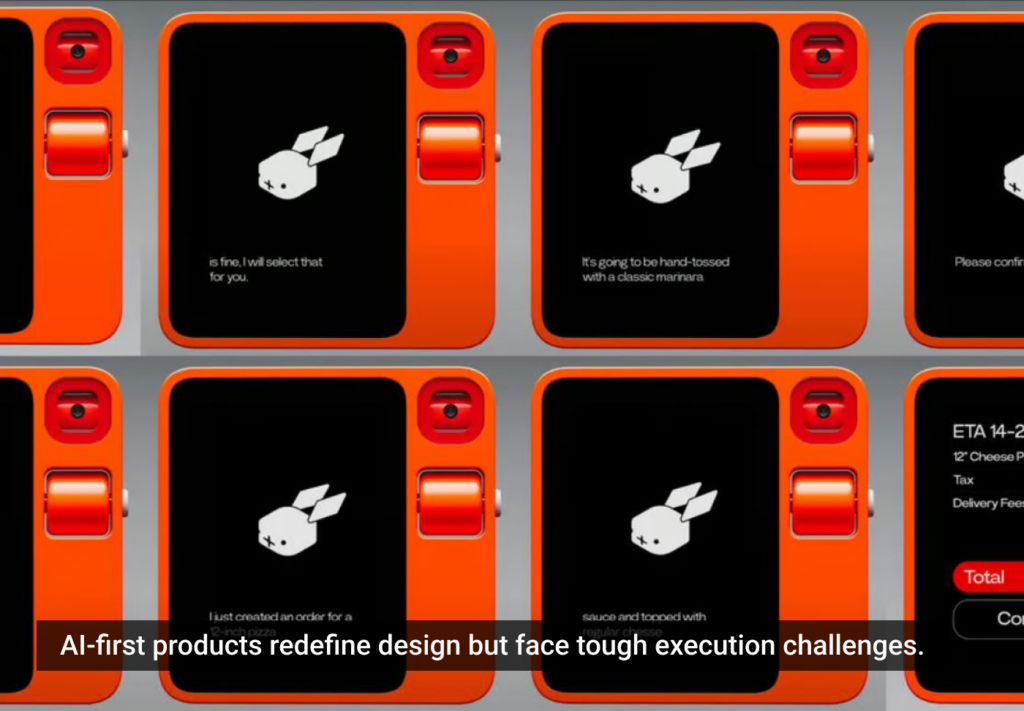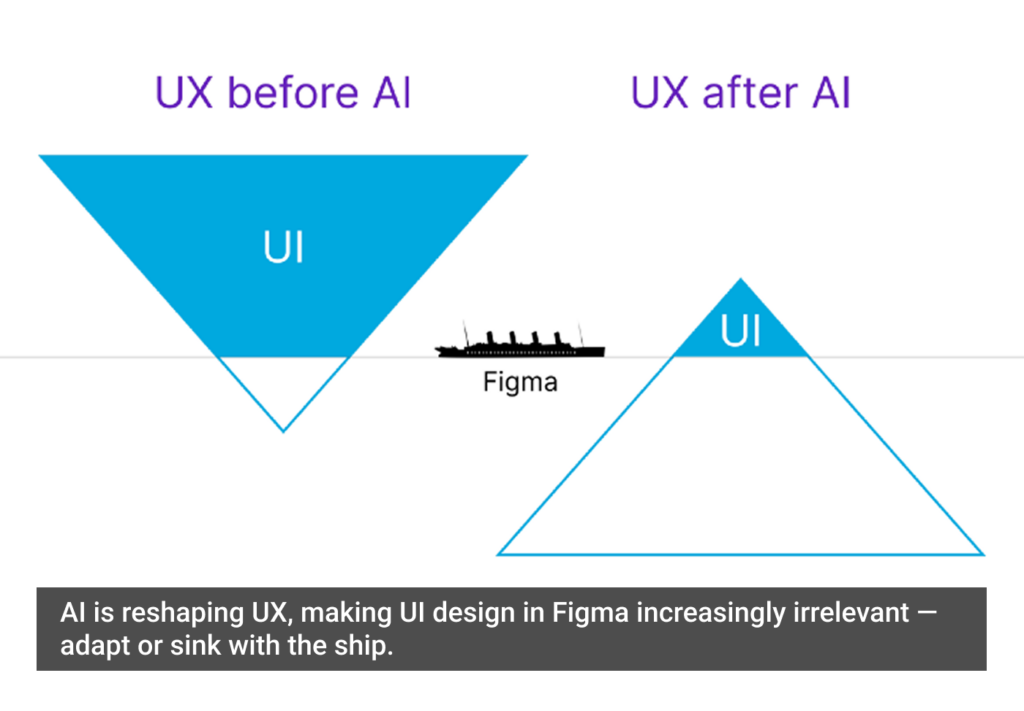Corporate and retail banks are facing competition from innovative business models and new competitors. Historically, banks have innovated slower than other businesses, however additional pressure is now being added by shrinking margins and tighter regulatory requirements. Innovation is the key to growth and competitive differentiation. The banks most likely to survive are those that are willing to effectively develop new products, services, and channels in response to the changing market environment.
To date, the banking industry has not seen much disruptive innovation aside a couple of peer lending services, the only mild threat to conventional banking thus far. New banking technology and platforms are driving innovation in financial services.
To this point, the Internet has been at the forefront of channel innovation but now other revolutionary channels are emerging. It is processes, rather than a breakthrough product, that are innovating financial services, adding significant value by way of cost saving and improved productivity. Here are some ways that banks have improved the processes connected to products and services:
- They have designed online banking processes that improve how banks can interact with their customers, how they can resolve problems, how they can provide information and largely improve the banking experience.
- Back office systems have enabled banks to outsource administrative and customer service roles.
- The chip and pin and contactless payment systems have revolutionized payment processes—cash is likely to soon be redundant.
Banks need to create an innovation framework to continue improving their user experience, driven by the following factors:
- Growth in revenue and profits.
- Bridging gaps in products, services, and processes designed by the bank.
- Saving operational costs.
- Offering convenience to the customer and supporting customer retention.
- Enabling staff with tools that help solve customer problems.
The questions remain, in what ways can banks innovate and what technology is available that can move banking forward? From my experience working with several banks in The Middle East, here are nine ways that technology will revolutionize the financial services.
1) Digital Payment Channels
While mobile payments and micro payments have been growing rapidly over the past years and more and banks are offering mobile payment solutions, there are still few that offer a truly unique and convenient user experience. Banks in particular have the challenge that rolling out new products and services can be a complex process due to the vast amount of systems that are integrated and the rollout of new online banking channels can be a timely and complex process.
Companies such as PayPal or various Telco’s have been in this business for quite a while. Snapchat announced the new Snapcash payments option, generated from a deal with Square Cash, allowing users to instant-send a friend money. Software companies such as Microsoft, Google or Apple are offering their own wallet solutions and Facebook is trying to open their version. But what about traditional banks? How are they transforming their digital payment systems?
There are three ways that banks can revolutionize digital payment channels—through mobile technology, convenience and user experience.
Mobile technology: Mobile payments work by associating a mobile device with users and their bank accounts, credit cards, or other form of funding. The mobile device’s task is to securely store this information and enable users to make payments in the most convenient way possible. Starbucks currently allows users of their app to Shake to Pay for a speedy purchase and enables users to digitally tip their barista.
Convenience: Near Field Communication (NFC) allows users to tap their phone against a receiver to initiate a mobile payment transaction. For example a customer could tap his phone on the payment machine to initiate a payment. However, this is very similar to PayPass from MasterCard that allows the customer to tap his Debit card against the machine in a similar fashion. There are arguments that as long as users can’t replace their entire wallet, adaptation will continue at a slower pace. However Apple Pay seems to be the first to try and offer a service that combines all your cards onto the Passbook app.
User experience: As with all applications user experience is the most important factor to success. Therefore completely new ways of initiating mobile payments should be considered such as PEx by Hong Leong Bank (HLB). PEx allows customers to transfer using their mobile device to other customers or even non-customers via an ATM collection. The way the app works is that it simply issues a secret code that enables the recipient to collect the money.
Technologies such NFC enabled devices, wallet solutions, or development and deployment platforms provided by Microsoft can speed up the process of development and iterations to release new products and services.
2) Content Personalization
Personalizing the user experience is becoming more and more important for every business, but especially for banks, whose customers need to trust the brand and not feel like just another account number. Content personalization can help to achieve this objective by creating custom cross-channel experiences for customers.
This entails collecting data about customers, includes their behavior, preferences and patterns, in order to create content that best works for them. For example, if your data suggests that a customer has just started a family, you could send them information to help with financial planning for the future.
Benefits of personalization are:
- cost reduction in marketing efforts
- higher closing ratio
- less staff required to create personal experiences
Examples can include tailored offers based on interest, up-selling or cross selling products based on customer profile, and products that fit the life stage of a customer.
The implementation of such services requires a solid CRM and data strategy as well as a seamless integration between different online channels. This means the experience across web, mobile and offline needs to be personalized based on past user data in order to create a unique experience for customers.
3) Internet of Things/Wearable Devices
The Internet of Things connects devices and, as it grows more sophisticated, will allows us to program our lives and the world around us. From switching on light bulbs using your mobile phone to your smart refrigerator automatically ordering milk when the bottle goes empty, anything is possible.
One obvious assumption would be to integrate banking services into wearables and provide customers with companion apps to get notifications or alerts. This could even be based on proximity, offering teller services if the user is close to their branch.
Integrate banking services into wearables and provide users with companion apps to get notifications
Further opportunities exist within a scenario where a bank taps into home automation to collect data in order to help the customer make financial predictions on their forecasted spending and expenses. This works perfectly with personal finance and management tools or applications like mint.com.
Additionally, the rise of NFC and beacons is attractive for many banks and enables the creation of location-based service and marketing opportunities. Imagine you walk into a branch and you can check your account balance by simply walking by the ATM. Next a personalized message appears to ask you if you’d like to speak to your personal bank manager or if you require teller services.
Providing these services will enable banks to streamline their customer servicing processes and at the same time provide data and marketing opportunities.
4) Reward Program, Meet Gamification
Many banks have already implemented points and rewards programs. From partnering with airlines to retail stores, banks offer points for credit card purchase which can be exchanged for miles, discounts, or cash vouchers.
Gamification is the concept of turning online and real life interaction into a set of game-like actions and rewards. There are leader boards and points and challenges. Users get rewarded badges, points, and physical items.
Combining rewards systems and Gamification is a logical step as it allows banks to interact with their customers beyond transactions and enables the bank to establish a more personal way of communicating.
The main reason for banks to implement such a program is to get more customer data such as interests, location, social interactions, and access to friends. Possible scenarios for banks could be:
- Checking in to a branch and receive points.
- Achieving your personal savings goal to get rewards.
- Referring a friend to get points.
- Getting rewards and badges for donating money to charitable causes.
Gamification has also become popular for children by providing a more educational and fun way to interact with banking products and the world of finance in general. This can be a great way to build a future customer base by engaging with young adults and kids.
5) Technology for Convenience
Banks and financial institutions can create mobile branches driven by technology so customers can do most banking tasks from their home or in the bank more efficiently. The Garanti Bank in Turkey has leveraged Nuance’s Nina, a virtual assistant, to bring human-like conversations to its iGaranti mobile app. This Siri-like virtual assistant is now being launched at banks in Spain, the U.K., and the U.S.A. The Commercial Bank of Dubai recently launched their mobile branch that allow customers to interact with the bank directly using virtual assistance applications, live chats, personal finance planning, or calculators.
The future of branches worldwide is likely to go in a similar direction by offering more access to online tools and in-store iPads to let customers self-serve in each branch. The goal for banks is to minimalize staffing requirements, but still provide a lean and more customer centric experience through technology. One way to do this is via tablets that allow users to perform certain tasks themselves, guiding them through a check deposit process, for instance.
6) Social Banking
A handful of banks are now providing financial services on social media:
- DenizBank in Turkey created a banking app for its Facebook Page that allows users to transfer money and monitor their accounts 24 hours a day.
- The Commonwealth Bank of Australia has extended their Kaching app to Facebook, allowing payments to friends, access to account information, and money transfers.
- ICICI Bank in India offers customers a Facebook app that lets them pay friends and track group expenses.
- More recently, The Commercial Bank of Dubai launched a Facebook app, the first social media branch in the Middle East and Africa region. The social branch is available on desktop and mobile, enabling customers to make transactions and pay their bills on the social network directly.
There are two significant ways that this new wave of “Social Banking” will trigger a paradigm shift in the way people bank.
- Content personalization: Social banking enables a bank to be even closer to its customers, getting data insights and create a more engaging user experience.
- User experience: Banks will fill a gap in the user experience that could potentially see a shift in the way users track, monitor, and spend their money.
7) Concierge Service
Many banks are now offering concierge services, which are not only tailored to private banking clients, but more so to customers across the board, enabling them to perform certain tasks in a more convenient way. The bank branch sends out “mobile bankers” to enable customers to open new accounts or take out card loans—usually services that require a signature. Account openings and new product sales are the main objective of such a service.
Technology can help here using tailored applications that customers or agents can utilize to manage the concierge process, offering services for requesting appointments, filling in forms, digital signatures and so on.
8) Customer Service Improvements
Virtual assistants and live chats have been seen around for a while, but with advanced technologies including voice recognition and even voice biometrics, this will become more interesting in the future. The advantage is cost savings through automation, but a bank should watch out not to jeopardize personalization for the sake of automization.
9) Personal Finance Management
Mint.com was one of the first online finance managers that made noise in 2006 and since then banks have implemented their own versions of similar tools that help customers to plan, evaluate, and manage their day-to-day spending and savings plans.
This helps to provide a service to customers by giving them more functionality to plan and manage their finances beyond conventional online banking functions. It also allows banks to get a better understanding of their customers and their spending habits for use during product development.
Conclusion
Innovation isn’t about taking a leap of faith, it’s about making a positive change in a consumer’s life by offering new ways of interacting with a business, service, or product. Banks face many pressures: they have to adapt to regulations and competition which can be largely out of their control, but they also have to respond to the demands of customer expectations. Banks must accept that innovation is indispensible to their future growth, then they must plan how to tackle innovation in an effective way:
- Prioritize actions based on the processes that are likely to be most successful.
- Be nimble. Make sure you are at the forefront of innovation so that you give yourself the best competitive advantage over others.
- Embed an innovative thinking environment in your bank’s mission enabling the growth of systems into the future.
In what ways have you experienced innovative banking? Are you likely to adopt these new banking services or do you have hesitations. Tell us more below or over on Facebook and Twitter.
This article was inspired by “Why Banks Need To Revamp their User Experience” by Rich Berkman.
Image of bored banker courtesy Shutterstock.







